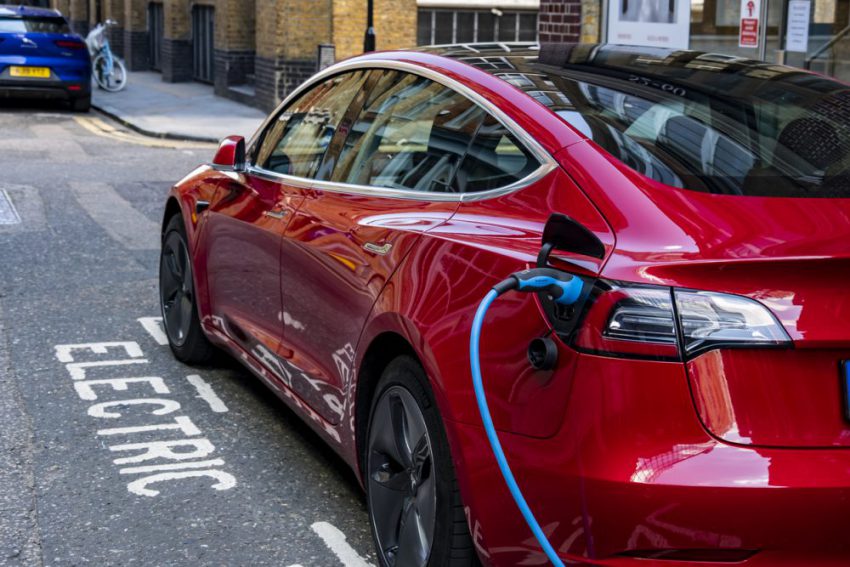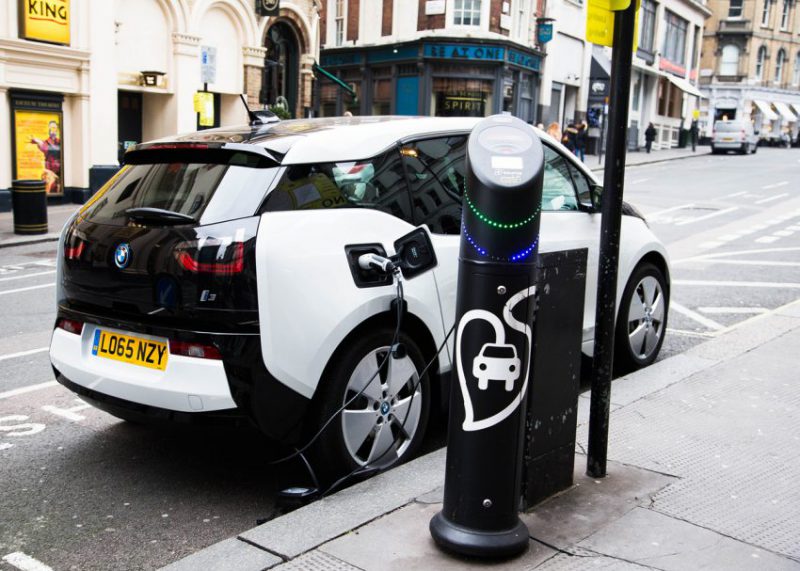
We’re seeing a seismic shift in motoring with the wholesale switch to electric vehicles (EVs). Not only are some EVs a bit different to look at, there’s a whole new language around them. I thought it would be helpful to explain some of the electric vehicle terms we’ll need to use.
What are kilowatts all about?
The power output of an electric motor is measured in kilowatts (kW). One kilowatt is 1,000 watts. The more kW a motor has, the more powerful it is.
Slightly confusingly, charging points are also measured in kilowatts. The higher the number of kW, the more electricity is being pumped into your car. That means the faster it’s going to be charged.
Charge your car using a three-pin plug at home and power will be just 2.3kW. But rapid chargers give 43kW and ultra-rapid chargers in excess of 100kW. These can charge a battery up to 80% in around 20 minutes.
Where do kilowatt hours fit in?
The battery capacity of an EV is measured in kilowatt hours (kWh). A kilowatt hour is 1kW of power sustained for an hour. The smaller the kWh number, the lower the capacity of the battery.
That has an impact on how far the car can travel before its battery needs charging. But the efficiency of the car still matters.
Think of an EV in petrol car terms. If two cars have the same size petrol tank but one has a bigger engine, that one will probably have a shorter range.
It’s the same with EVs: two cars can might have the same kWh battery capacity but the one using the motor with more kW won’t be able to travel as far on a single charge.

How is economy measured now?
We’re used to measuring our cars’ economy in miles per gallon. The more miles per gallon of petrol or diesel a car does, the more efficient it is. Obviously in the world of EVs, that’ll be a thing of the past. But we should still measure how efficient an EV is. You don’t want to buy one that’s got an impressive looking kWh battery size only to discover that it needs charging every 100 miles.
There are currently two ways that EV efficiency is measured. One is how much electricity it uses to travel a set distance, or kWh per 100 miles. The lower the figure, the better because the car is using less energy to cover every mile.
But increasingly commonly, car makers are judging their cars’ efficiency by how many miles they can cover using 1 kWh of energy, so mi/kWh. It’s a bit like the miles per gallon (mpg) that’s we’re used to: the higher the figure, the more efficient the car is.
What is regenerative braking?
Sometimes known as energy recovery, regen or regenerative braking, regeneration is a feature of all EVs and one of the more important electric vehicle terms.
The brilliant thing about an EV is that you can use the motor in two directions. Run it one way and it’ll drive the road wheels; reverse it and it’ll act like a generator, taking the energy from the wheels and pumping it back into the battery.
When you take your foot off the accelerator in an EV, the motor is programmed to go into reverse. Energy generated from slowing the road wheels then goes back into the battery. It saves on brake wear and tear, helps to charge the battery and slows you down. It’s a win-win-win!
On most new EVs, you can even adjust the level of regeneration. And in some you can come to a stop without even using the brake.
Battery or cells?
A lot of people are worried that EV batteries will stop holding charge, a bit like your smartphone does when it gets old. The difference between a car and a smartphone is the phone probably just has one cell. A car has hundreds of them.
Although the cells do degrade over time, because there are so many of them, the degradation is spread out and there’s minimal drop off in overall performance terms.
That isn’t the only good news. EVs are highly complex electronically, relatively simple mechanically. That means despite some electric vehicle terms that may seem difficult to understand, maintaining them is quite straightforward and relatively cheap. Good news for all of us!
By John Price, a member of Green Flag’s automotive technical support team
I broke down with a damaged wheel and tyre on my caravan I rang and a Green Flag operative sent a breakdown truck from Hough Green garage. My caravan was loaded on to the truck and taken back to my home. Since the breakdown, two new wheels have been fitted with new tyres. I want to thank you Green Flag and ask you to pass on my thanks to Dave from Hough Green garage, who did a splendid job and enhanced the good name of Green Flag.